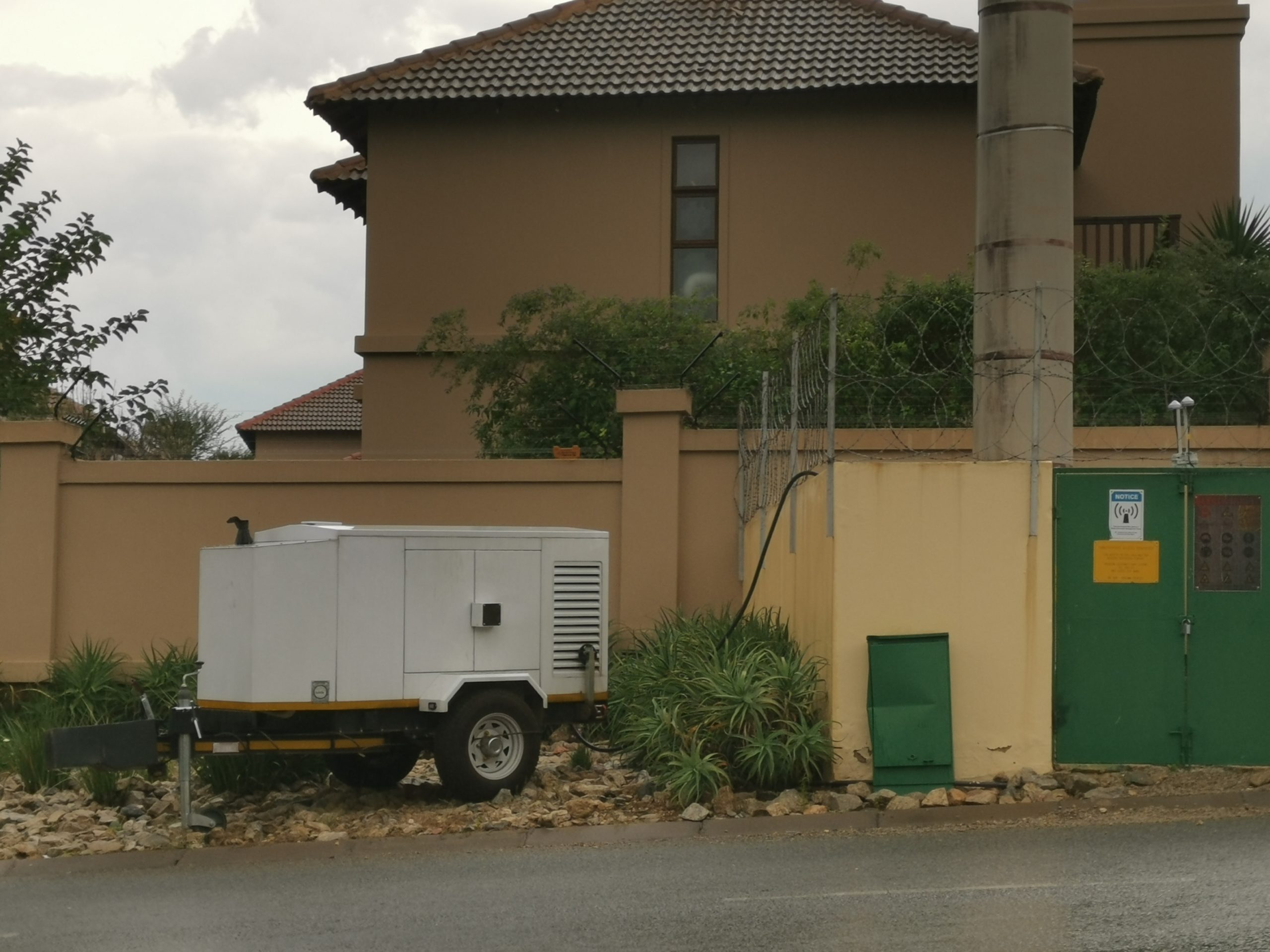It’s no secret that South Africa is in the middle of an economically stressful and rather bloody irritating period. Load shedding is back and it’s not going away. While matters appear manageable now, you’ll notice that cellular connection in your area now almost immediately drops when the power goes out.
And that’s because batteries in cellular towers, meant to compensate for the occasional outage, are taking strain. We’ve known for some time that this was taking place but signs are becoming more overt. Vodacom in particular is taking steps to back up batteries with actual generators, keeping towers going the same way Eskom is powering the country – with diesel.
You must construct additional pylons
 We’ve seen at least one tower that now requires its own generator to cope with load shedding, and there are other locations around the country in the same boat. This is because tower batteries are increasingly battling to keep the network up during Johannesburg’s 4.5 hour outages.
We’ve seen at least one tower that now requires its own generator to cope with load shedding, and there are other locations around the country in the same boat. This is because tower batteries are increasingly battling to keep the network up during Johannesburg’s 4.5 hour outages.
And, like Eskom, this situation is unsustainable. Cellular infrastructure cannot be kept live using a series of generators. There are too many risks and roadblocks involved. Generators might be stolen or damaged, necessitating security staff on site. They need to be maintained and topped up, which is a logistical nightmare for a single city, never mind having to perform that task for an entire country – a situation that hopefully never comes to pass.
We asked Vodacom about its use of generators at its towers, and whether there is a larger scale plan in place should load shedding poke holes in the network.
You require more Vespene gas
A Vodacom spokesperson responded “Vodacom is aware that many customers around the country are experiencing issues connecting to the network because of load shedding. Our towers do use batteries as a back-up but these do have limited power and will eventually fail.”
“We have put a number of proactive measures in place to help mitigate the effects of widespread load shedding. For instance, we have deployed generators at numerous sites across the country and are working as hard as possible to keep customers connected. Vodacom has invested hundreds of millions of Rands in back-up power facilities, such as diesel generators and batteries, to maintain power to our sites. Additional input costs and revenue losses amount to tens of millions of Rands.”
The company also directed users to its website, where technical info is available and most common queries are answered.




